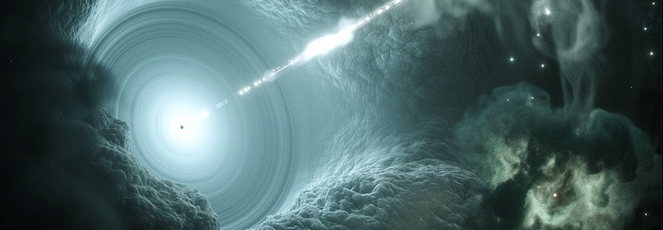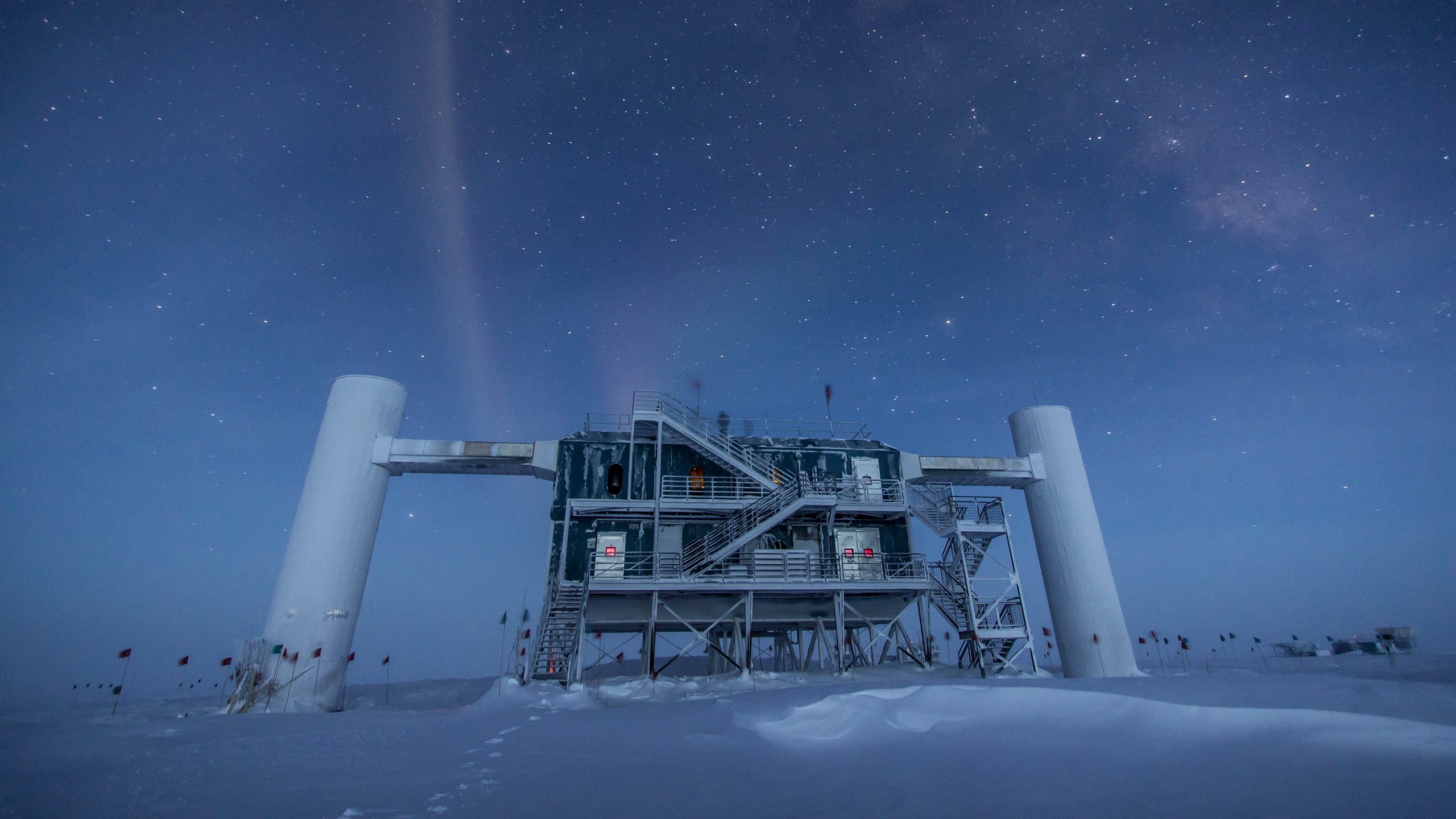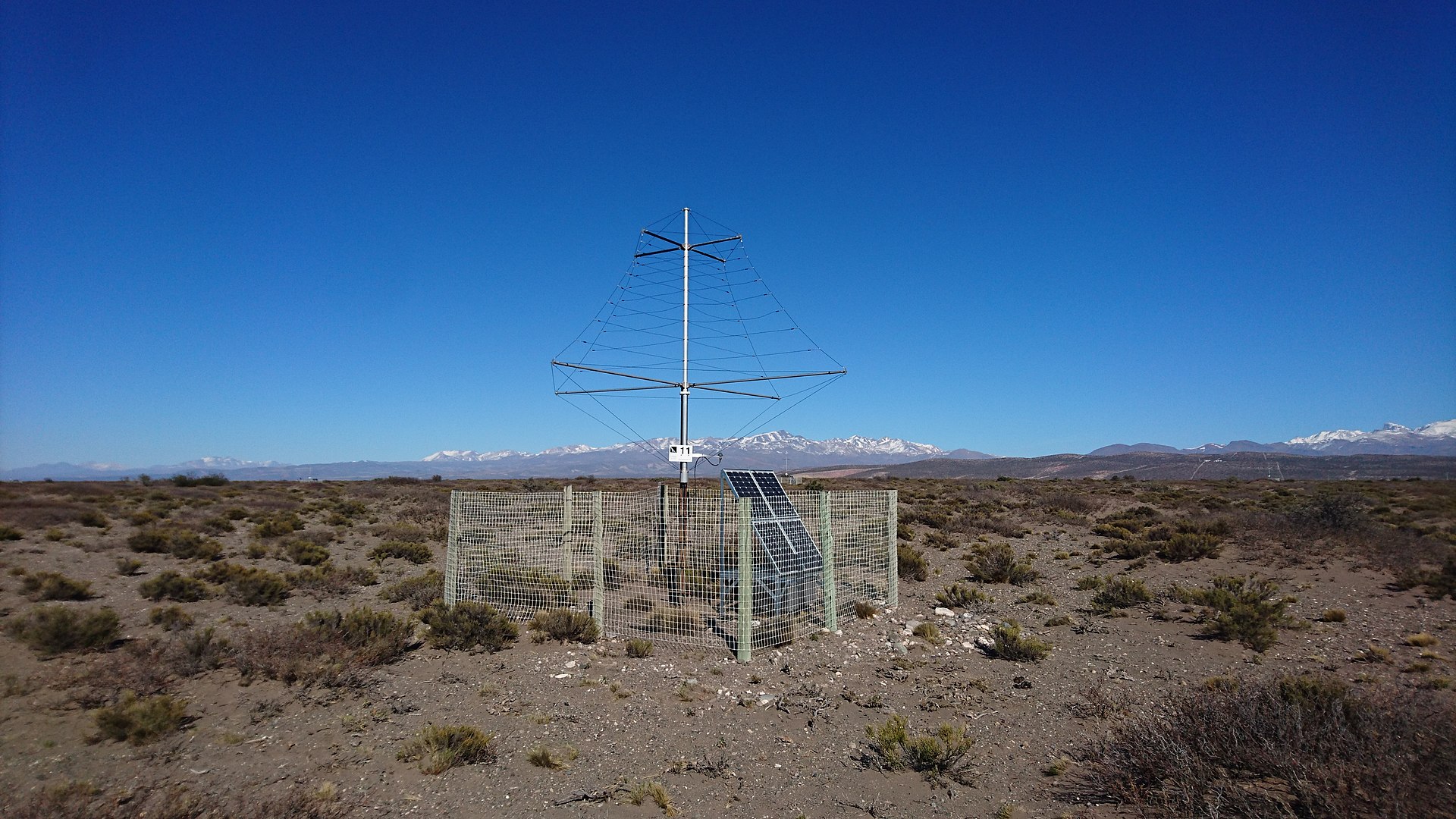

Target audience: Master students (interested Bachelor students are welcome too!)
Lecture: 2h / week
Tutorial: 2h / every other week
Credit Points: 3 (2 for the lecture + 1 for the exercise)



This lecture will introduce the exciting new field of astroparticle physics. Astroparticle physics is the intersection of particle physics, astrophysics and astronomy. Particles and particle detectors are used to do astronomy (e.g. neutrino astronomy) and astrophysical observations are used to study particles (e.g. indirect search for dark matter or observations of neutrino oscillations).
We will learn about cosmic rays, which are detected up to energies 100 million times larger than what we can produce with the LHC at CERN. 110 years after their discovery, their origin is still uncertain. We will discuss which sources and which physical processes could be capable of accelerating particles to such enormous energies. This will include the most violent sources in the Universe, ranging from powerful stellar explosions, to supermassive black holes eating entire stars and mergers of compact objects such as neutron stars and black holes.
Closely connected to cosmic rays and the unanswered question of their origin are high-energy neutrinos and gamma rays. We will learn how those are produced though interactions of cosmic rays and what they can tell us about the cosmic-ray origin. In addition we will cover how astroparticle observations can be used to search for dark matter signals. Finally, we give a brief overview of the new field of gravitational wave astronomy including ground and space-based detection techniques. Last but not least, we will discuss the advantage of combining observations of different messengers in a "multi-messenger" approach.
The lecture will cover basics about cosmic ray, neutrino, gamma-ray and gravitational wave sources, the search for dark matter and discuss detection principles for all those different messengers. Studying the astroparticle detectors will bring us to remote places, ranging from deep underground labs to the Argentinian pampa to the South Pole and to space! Expect first-person experience reports from Massimiliano Lincetto and Anna Franckowiak, who have worked on neutrino detectors in the Mediterranean deep sea, the glaciers at the South Pole, optical telescopes around the globe and gamma-ray detectors in space.
The tutorial will be a combination of calculations, hands-on data analysis using jupyter notebooks and paper reading.